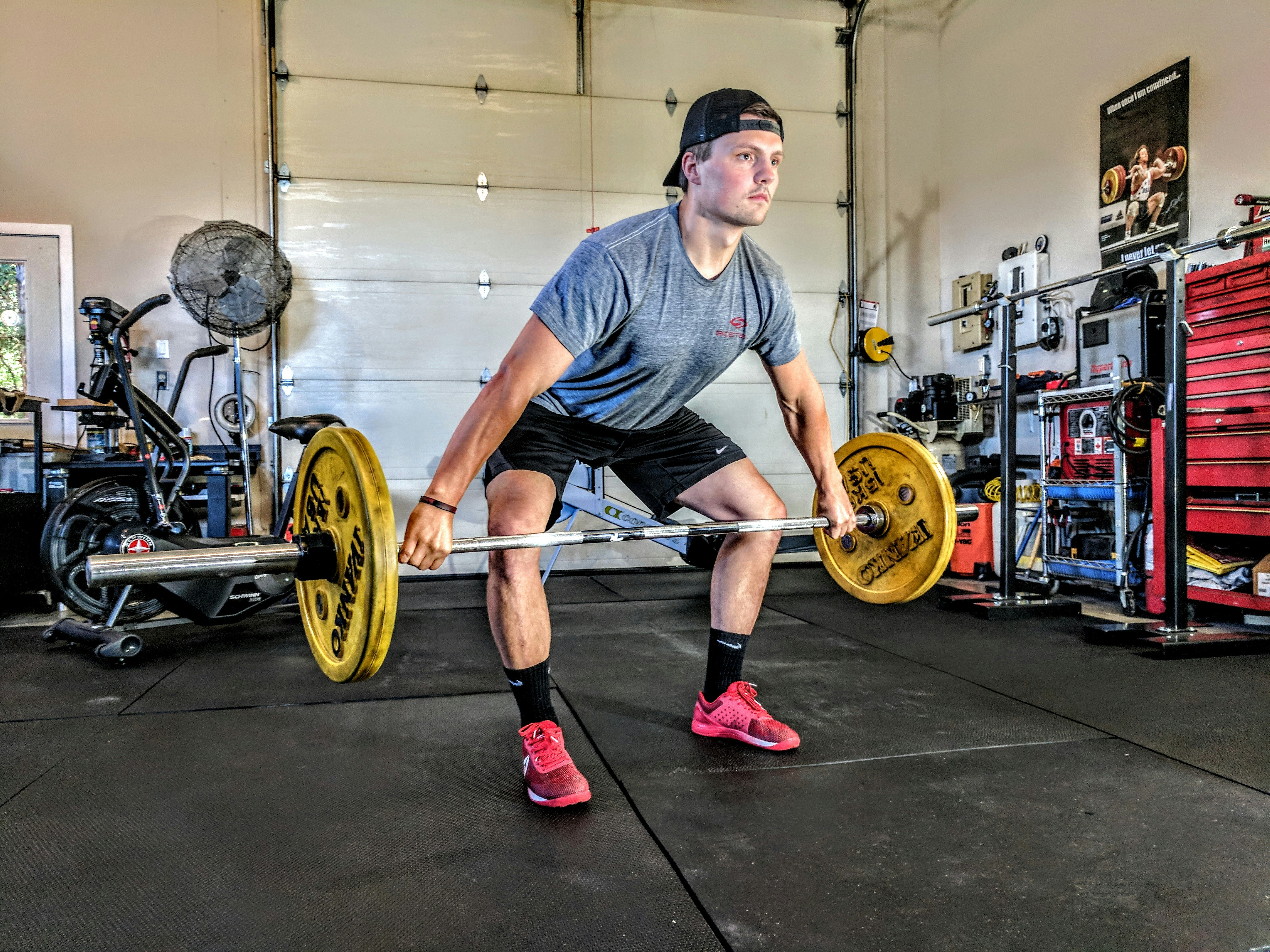How To Fix Muscle Imbalances

CATEGORIES:
- Cardio
- Healthy Lifestyle & Wellness
- Nutrition & Meal Plans
- Home Workouts & Bodyweight Exercises
- Strength Training & Weightlifting
- Success Stories & User Spotlights
- Expert Advice & Trainer Interviews
Early in my career, I’d spend a significant amount of time trying to “correct” a client’s muscle imbalances. These were deficits or patterns I identified during a hands-on assessment at the gym.
For some clients (mainly those dealing with chronic pain), this was the right call. But, for the rest, it meant that we didn’t spend enough time actually training. More importantly, it was probably the wrong decision.
Unless you’re dealing with injuries or other pre-existing conditions, there’s likely nothing to worry about if you’re following a good training plan (more on that below).
As human beings, we’re built to move through life asymmetrically. Slight differences in strength (and stability) side-to-side are entirely normal. And if you’re an athlete, trying to correct or remove asymmetries or imbalances might actually hurt your performance.
However, if you have a significant strength deficit on one side, it could also lead to injury down the road as it’s highly likely the weaker side is also not as stable.
So, where do you draw the line? An easy test is judging your workouts based on 3 variables.
You probably don’t need to worry if you’re following a solid training plan because a good workout program is corrective. It ensures that significant balances are unlikely, and that you’re training in a way that will adjust for all of the most common deficiencies.
As long as your workout checks the following 3 boxes with your training, you’ll likely clean up most muscle imbalances over time.






